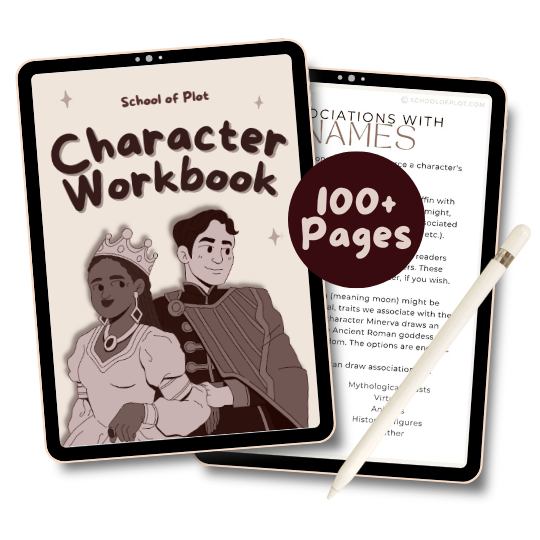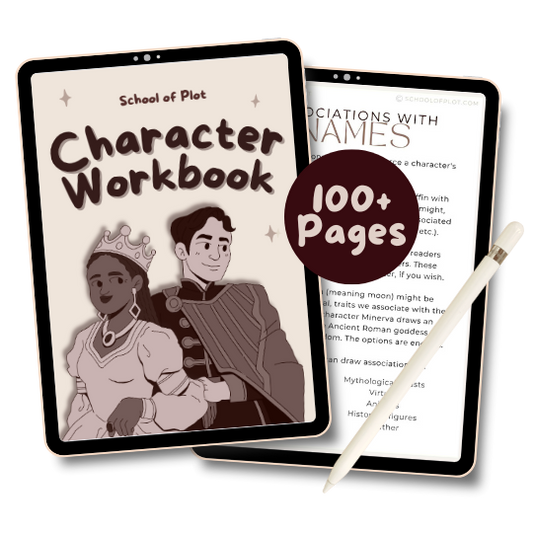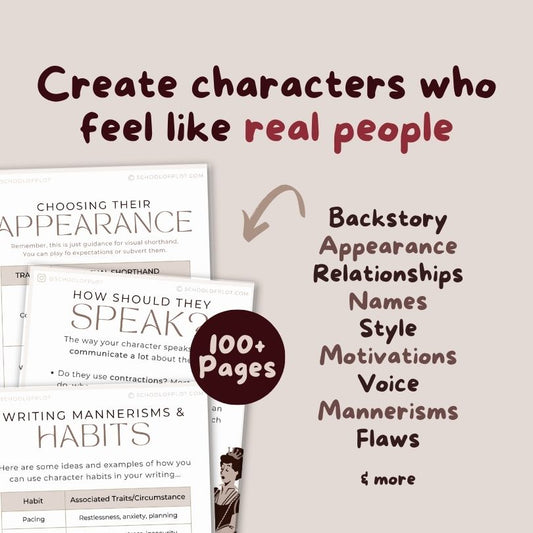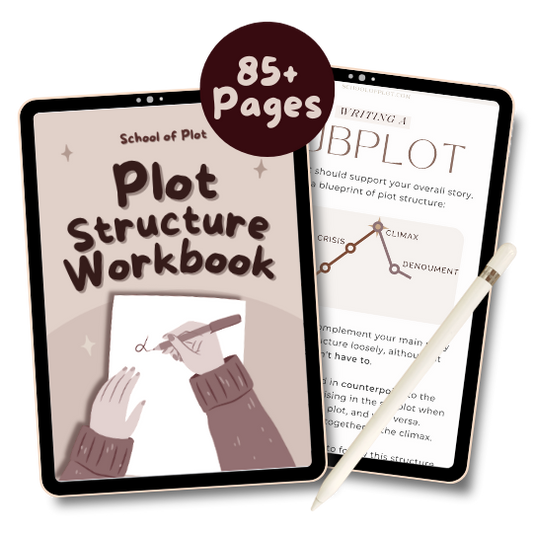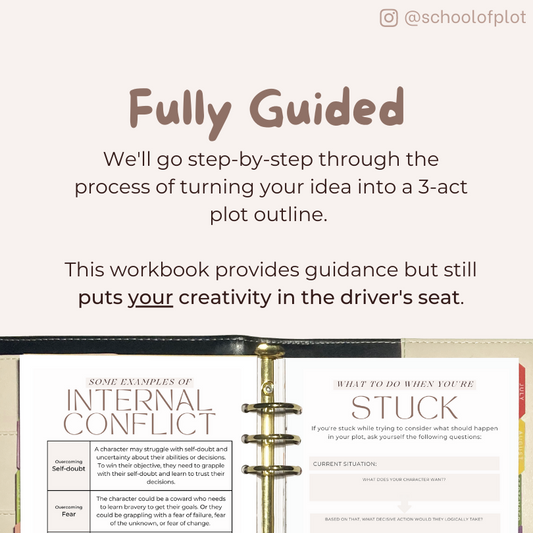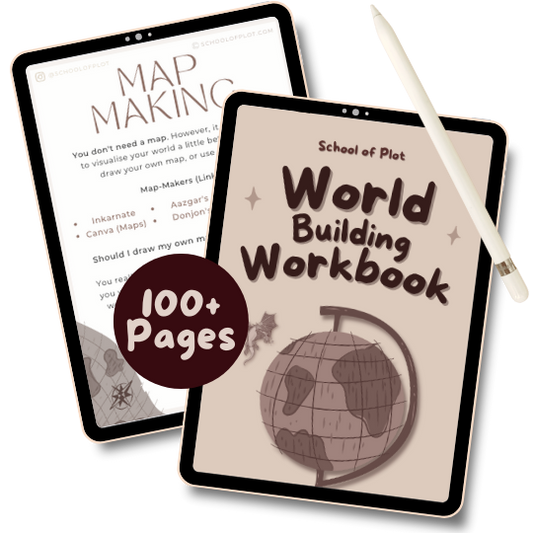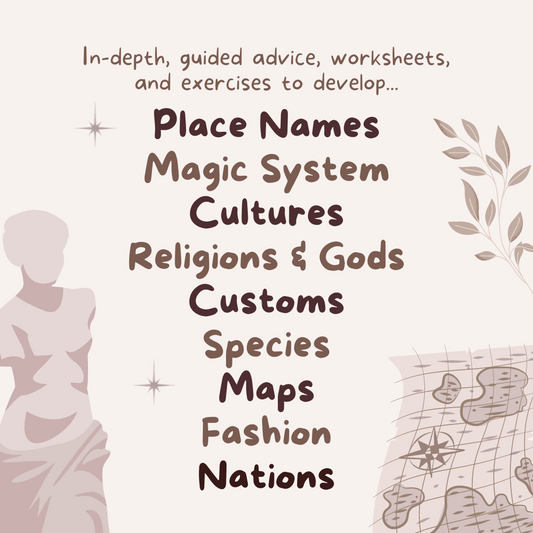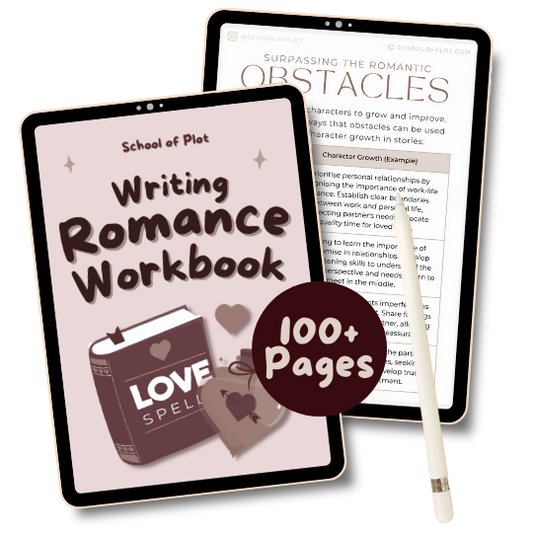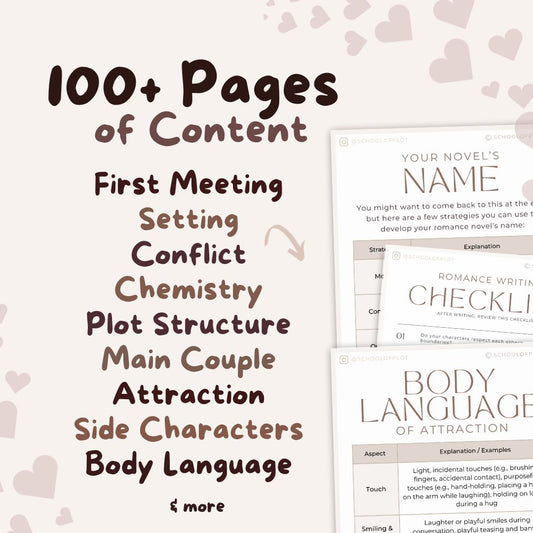Everything you need to identify the genres, sub genres, and length specifications of your writing so you can properly place it in a literary magazine by Chill Subs’ Co-Founder Benjamin Davis.
What did you write? Words, hopefully.
Mostly, you’ll be submitting poetry, fiction, or nonfiction. For each, there are two core elements you must know before submitting to any lit mag: length and subgenre.
When I started out, I had a lot of trouble determining what my subgenre was, what different types of poetry were, how long flash fiction was compared to micros, and so on.
So, let’s get into it.
Step 1: Figuring out all of this genre nonsense
Genre
There are three main genres lit mags accept: Fiction, Nonfiction, and Poetry. I think it would be condescending and a waste of everyone's time for me to explain what these three main genres are. If a magazine doesn’t accept what you’ve got, don’t submit to them. Additional genres include hybrid, interviews, art, photography, reviews, comics, audio, plays, games, and more; the specifications for those vary wildly, so always double-check guidelines.
Subgenre
Welcome to the tricky part. There are over 100 subgenres for fiction, a dozen or so for nonfiction, and numerous poetry styles. If a magazine wants only literary fiction, you could be N.K. Jemisin (where my epic fantasy friends at, eh?) and still get a rejection letter, so knowing subgenre is important.
Since this is such a hassle, and since explaining every subgenre individually would take ages, I have developed three genre-identifier tools to help based on the most common subgenres.
- Fiction Subgenre Identifier- start with the subgenre you believe your story to be, and work your way around from there.
- Nonfiction Subgenre Identifier - fairly straightforward.
- Poetry Subgenre Identifier - it fits or it doesn’t unless you’re an experimental poet who is good enough to mess around with strict parameters within reason.
(Someday, I’ll get Karina to code these into Chill Subs, but for now, I hope they help).
I have also created a list of historically prize-winning magazines for every subgenre so you can read and familiarize yourself with them. This list is not for submitting, some have shut their doors, but reading them will give you a better understanding of what each means.
There are roughly 4,000 active literary magazines at any given moment. To give you an idea of what you’re up against, here is a statistical breakdown of what they publish:


Even with those lower percentages, you are looking at dozens of possible homes for your work. Do not waste your time submitting somewhere that doesn’t accept what you’ve written. And “literary” as a subgenre can encompass many subgenes depending on the lit mag.
Step 2: Lengths & specifications you must watch out for
Length is important because, especially for print, editors have limited space. They aren’t just being picky for the sake of it. You might not think it’s a big deal, but when I’ve interviewed editors to ask about dealbreakers on submissions, it’s one of the first things that comes up.
This is most important for prose (fiction/nonfiction) but sometimes matters for poetry as well. But let’s start with prose.
- Up to 100 words - Micro-Fiction/Drabble (Wiggle Room: Some magazines consider micro-fiction up to 300-400 words.)
- 500 to 1,000 words - Flash Fiction/Nonfiction (Wiggle Room: Some magazines cut off at 750 words or push the max to 1,200 words.)
- 1,500 to 7,500 words - Short Story (Wiggle Room: After 7500 words, a magazine will usually state their cap.)
- 7,500 to 20,000 words - Long Read (Wiggle Room: Sometimes called a long short story, or even a Novellette.)
Most magazines clearly state their word counts in their guidelines. If you do not spot them, follow the word counts listed above, and you’ll be fine. Some magazines say that they will accept a bit over/under their word counts. These are the exceptions, not the rule. A safe bet is to always stay within designated word counts.
Here is a super simple, and free, word-counting tool.
Alternatively, you can find word count listed in the bottom left-hand corner of a Microsoft Word window or by click tools → word count in the Google Docs navigation.
If you’re curious, the most common max word counts (beyond flash) are 5000 words: 22.38%, 3000 words: 12.84%, 2000 words: 8.44%, 4000 words: 7.49%, 2500 words: 6.76%, 6000 words: 5.92%, 7500 words: 5.03%, 10000 words: 4.72%, 1500 words: 4.35%, 8000 words: 3.62%
Now, for poetry.
For the length of individual poems, it’s more common to see limits on page & line counts than word counts. For line counts, it’s fairly straightforward. Magazines will list them if they matter.
Here is a super quick & easy tool for counting your lines. (I like this one because it gives you the option to ignore blank lines and blank lines do not matter with line count restrictions unless otherwise stated.
More important and common to see than line or page counts is poem counts—the number of poems you can submit at one time. The most common limits for number of poems are 3 or 5.It’s not even close:

Here are a couple examples of what that looks like in a lit mag’s guidelines:
Now what?
Once you’ve established what you’ve written, you’re faced with the question: “Where the hell do I submit this?” And I’m faced with the question “How the hell do I answer that without sounding like a self-promotional ass hat?” Unfortunately, I don’t think it’s possible so here goes nothin’.
You can pop the details of your writing into our lit mag database and it will spit out a bunch of lit mags that would be a good fit. Thank you and good luck!
